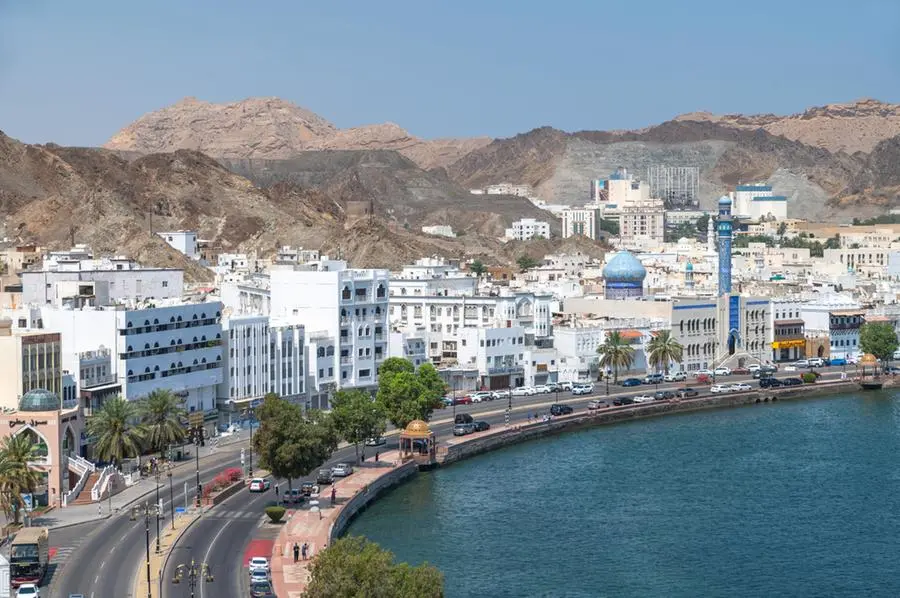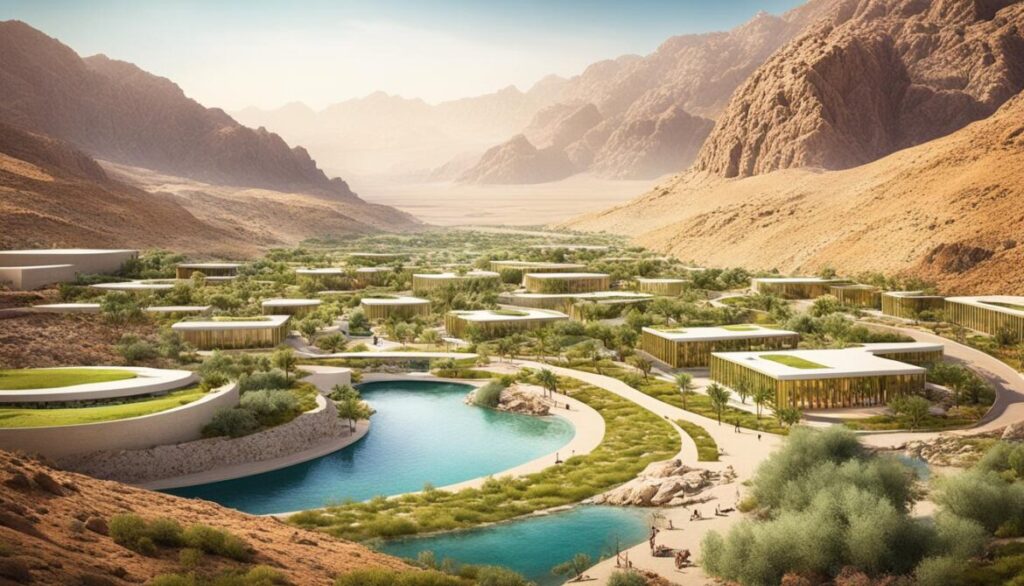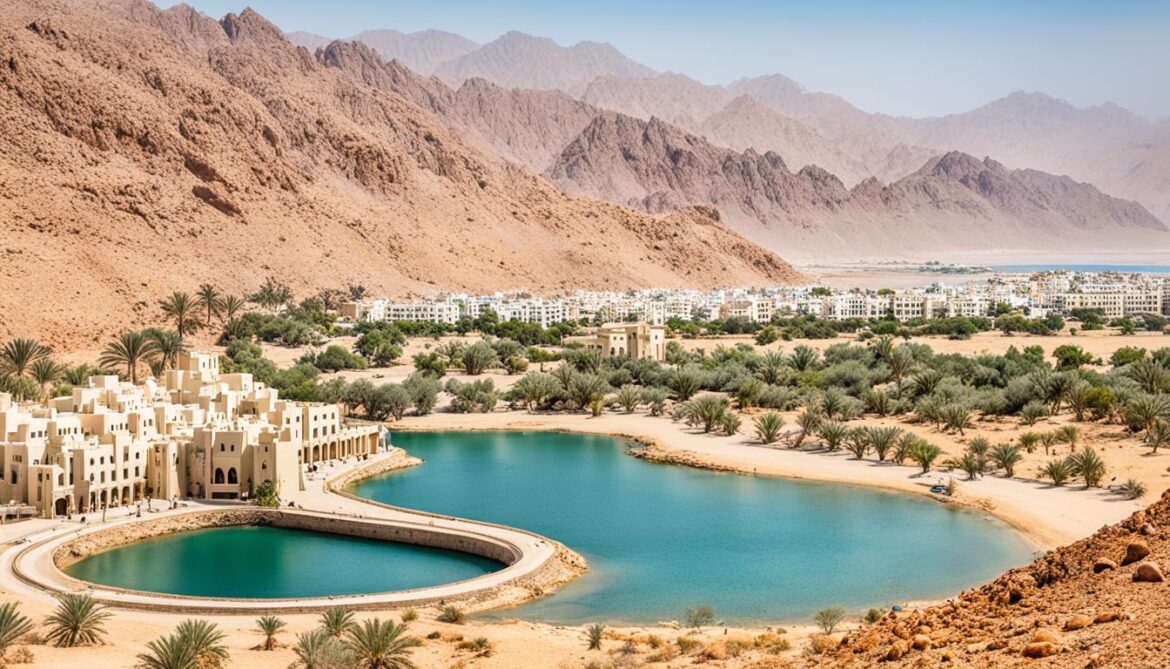Oman stands as a beacon of sustainable development in the Middle East, demonstrating how a nation can harmoniously blend tourism with environmental conservation. This balance not only preserves the country’s rich natural heritage but also fosters economic growth and cultural pride. Through strategic planning, community involvement, and innovative policies, Oman is crafting a model for responsible tourism that other nations can emulate.
Visionary Leadership and Strategic Planning
At the heart of Oman’s approach is its Vision 2040, a comprehensive roadmap that emphasizes sustainable development across all sectors, including tourism. This vision advocates for a balanced integration of environmental, economic, and social objectives, ensuring that tourism growth does not come at the expense of the country’s ecological health. By aligning tourism development with sustainability goals, Oman is setting a precedent for responsible growth.
Protected Areas and Biodiversity Conservation
Oman has designated numerous areas as protected reserves, covering approximately 17% of its land area and 10% of its marine territory. These reserves serve as sanctuaries for diverse ecosystems and endangered species, offering tourists the opportunity to experience nature in its pristine form. The establishment of these protected areas underscores Oman’s commitment to preserving its natural heritage while promoting eco-tourism.

Sustainable Tourism Infrastructure
The development of sustainable tourism infrastructure is a cornerstone of Oman’s strategy. Initiatives like the Yiti Sustainable City aim to create carbon-neutral urban spaces that integrate seamlessly with the natural environment. These developments incorporate renewable energy sources, water conservation systems, and eco-friendly building materials, setting new standards for sustainable tourism infrastructure.
Community Engagement and Empowerment
Empowering local communities is central to Oman’s sustainable tourism model. By involving local populations in tourism planning and decision-making, Oman ensures that the benefits of tourism are equitably distributed. This approach not only enhances the authenticity of the tourist experience but also fosters a sense of ownership and responsibility among community members.
Eco-Friendly Tourism Practices
Oman encourages tourists to adopt eco-friendly practices during their visits. Initiatives promoting the use of refillable water bottles, reduction of single-use plastics, and participation in local conservation efforts are actively promoted. These practices help minimize the environmental footprint of tourism activities and raise awareness about the importance of environmental stewardship.
Cultural Preservation and Heritage Tourism
Preserving cultural heritage is as important as environmental conservation in Oman’s tourism strategy. The country promotes heritage tourism by showcasing its rich history, traditional crafts, and architectural marvels. This not only attracts tourists interested in cultural experiences but also contributes to the preservation of Oman’s unique identity.

Innovative Conservation Projects
Oman has launched several innovative conservation projects that blend tourism with environmental protection. For instance, the development of eco-resorts offers guests the opportunity to engage in sustainable activities such as wildlife watching and organic farming. These projects provide enriching experiences for tourists while supporting conservation efforts.
Educational Initiatives and Awareness Campaigns
Raising awareness about the importance of environmental conservation is a key component of Oman’s strategy. Educational initiatives, including workshops, nature trails, and informational campaigns, are designed to inform both locals and visitors about sustainable practices and the need to protect natural resources. These efforts contribute to a culture of sustainability within the tourism sector.
Monitoring and Sustainable Tourism Policies
Oman has implemented robust monitoring systems to assess the impact of tourism on the environment. By collecting data on visitor numbers, resource usage, and ecological health, the government can make informed decisions to mitigate negative effects. Sustainable tourism policies are regularly updated to address emerging challenges and ensure long-term environmental protection.
Conclusion: A Model for Sustainable Tourism
Oman’s commitment to balancing tourism with environmental conservation serves as an inspiring example for other nations. Through visionary leadership, strategic planning, community involvement, and innovative practices, Oman is demonstrating that sustainable tourism is not only possible but also beneficial for economic and cultural development. As the country continues to evolve, its model offers valuable lessons in creating a harmonious relationship between tourism and the environment.
Do follow Gulf Magazine on Instagram.
Also Read – Omani Camel Racing: A Majestic Blend of Tradition and Triumph



